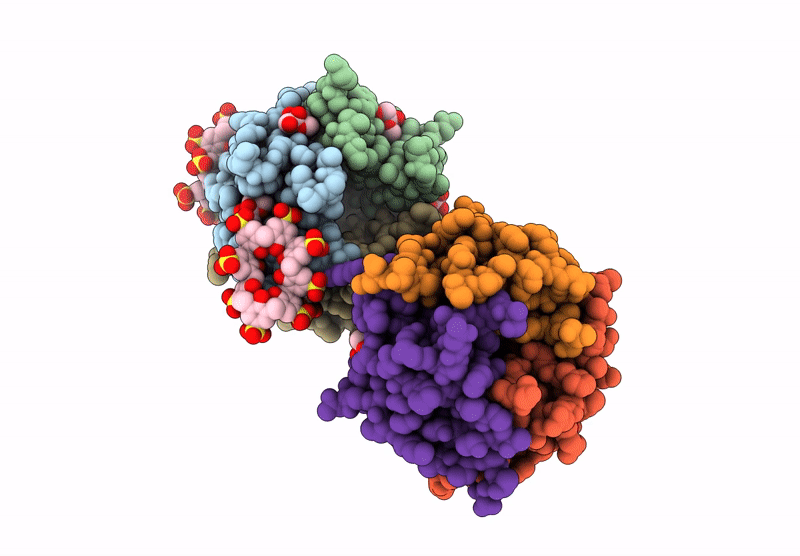
Deposition Date
2024-06-19
Release Date
2025-07-02
Last Version Date
2025-07-02
Entry Detail
PDB ID:
9FRN
Keywords:
Title:
The RSL-D46H - sulfonato-calix[8]arene complex, acetate pH 4.0
Biological Source:
Source Organism:
Ralstonia solanacearum (Taxon ID: 305)
Host Organism:
Method Details:
Experimental Method:
Resolution:
1.87 Å
R-Value Free:
0.24
R-Value Work:
0.21
R-Value Observed:
0.21
Space Group:
P 1


